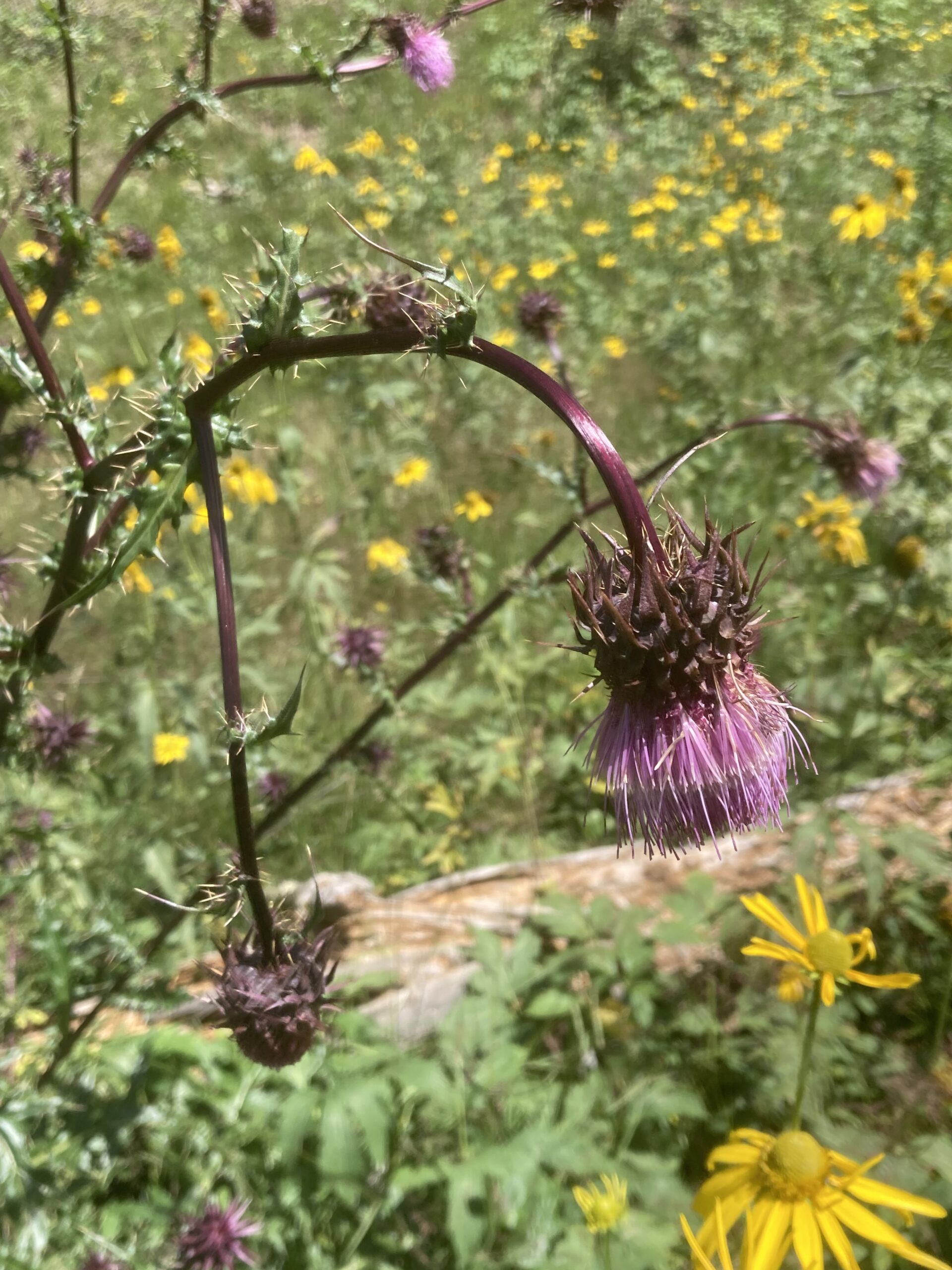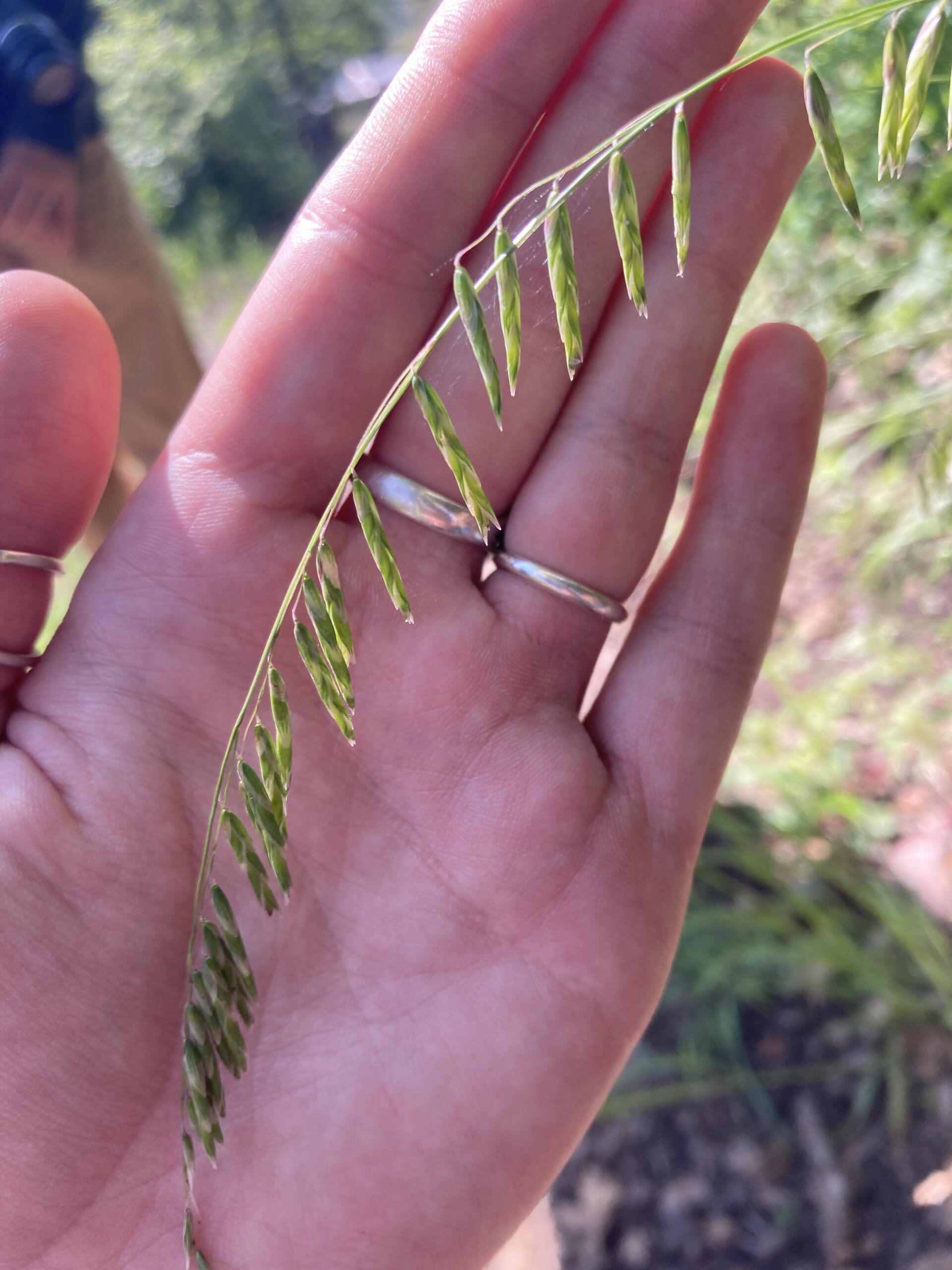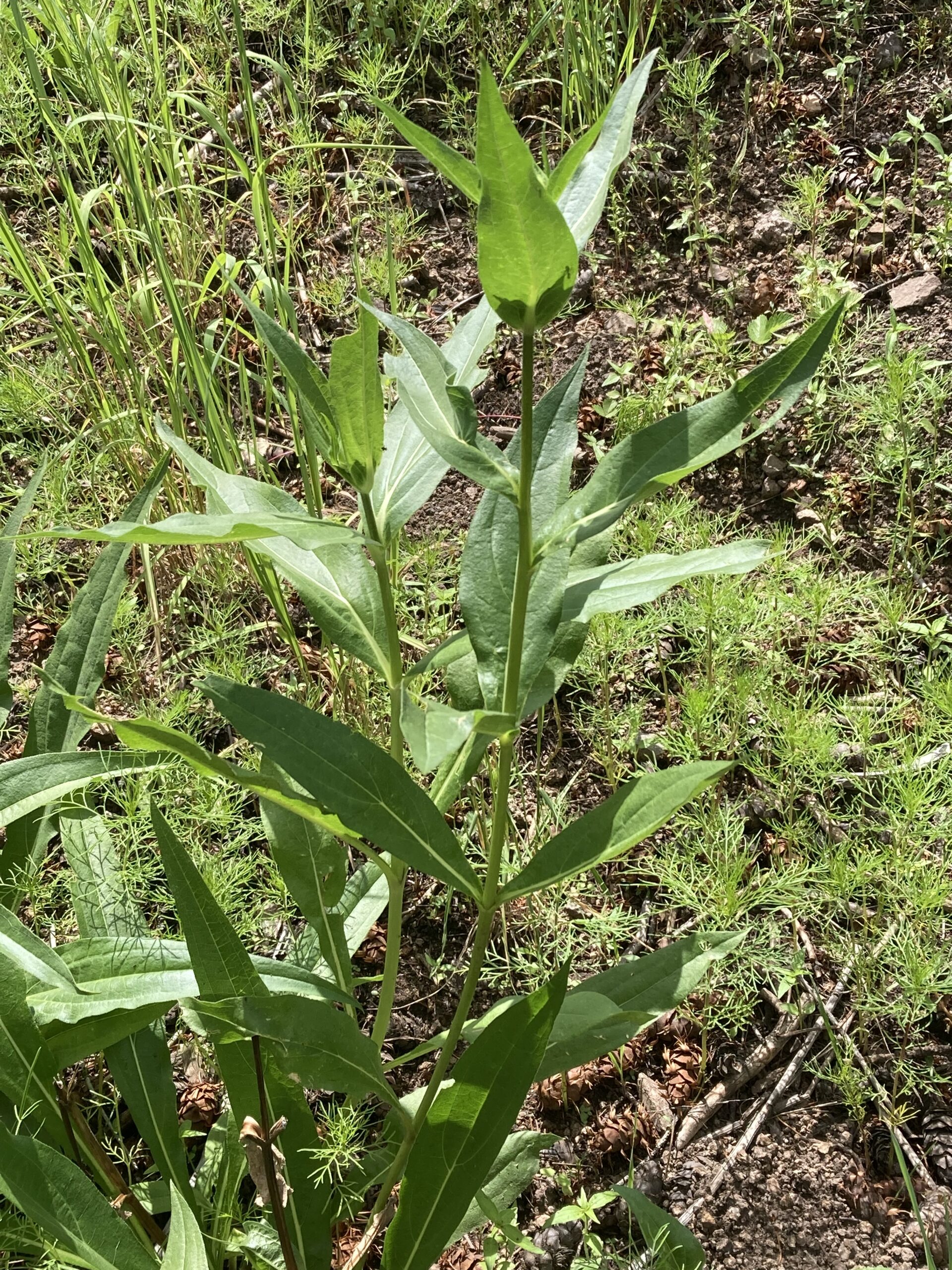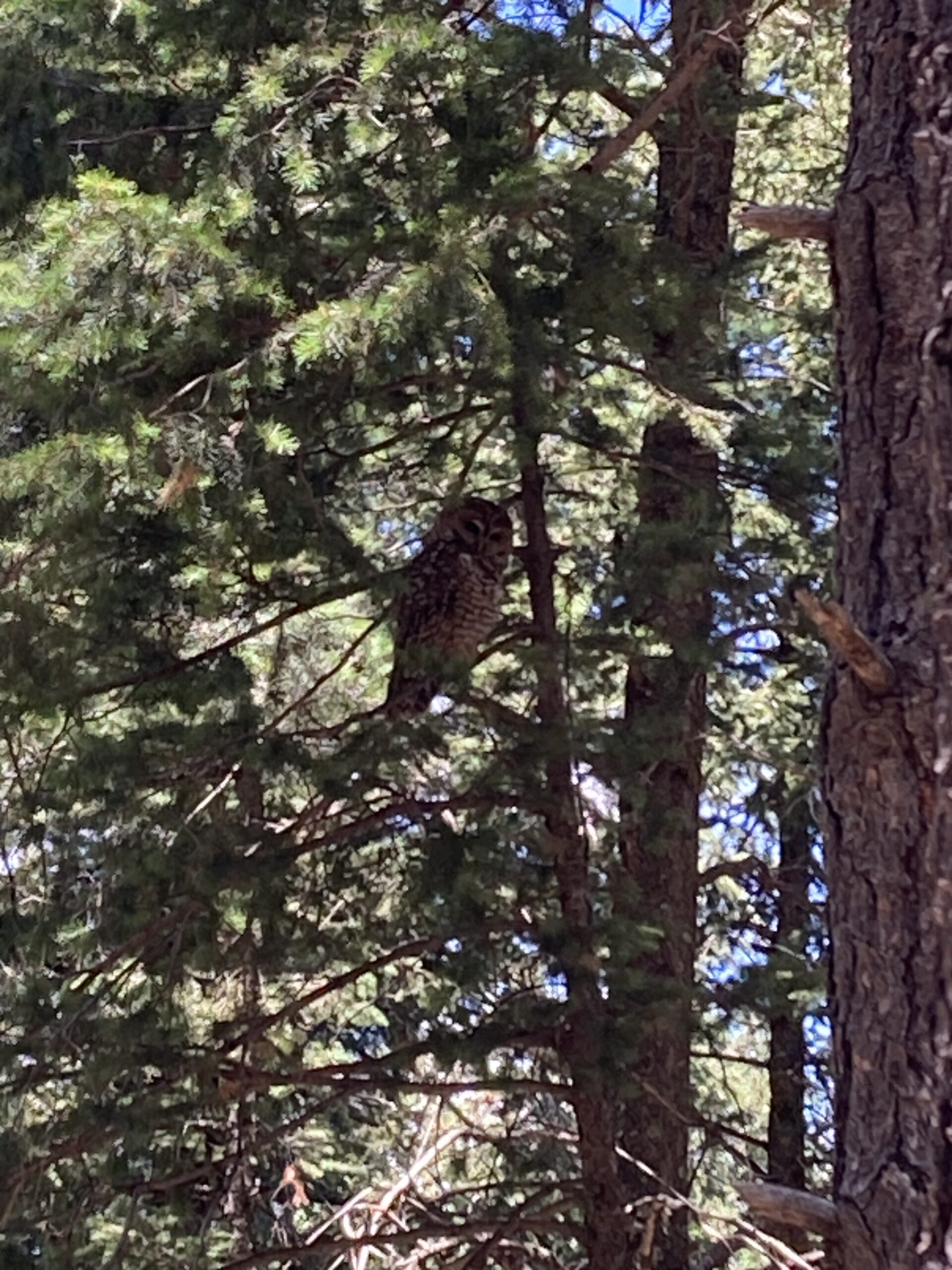My time on the Lincoln is swiftly coming to an end, and I cannot say that I am happy about it. Every day out here has been a new adventure, and I have learned so many new things, it’s impossible to count. I’ve learnt at least one new plant each day, the highs and lows of restoration ecology, and just how much time, effort, and care is needed to successfully get someone’s great idea off the ground. Not only am I speed running botany, but I am also cramming wildlife biology, fire and flood restoration, and endangered species monitoring and care. I feel like I am gaining all these new superpowers that I can go out and save the world with, one seed (or fish) at a time.
I am having to toughen up though. I’ll admit it, I’m sensitive. Several of the projects we’ve had the opportunity to help out with have involved the removal of invasive species. One project I didn’t have the heart to help with was removal of the invasive Brook Trout. The professionals in this case were responsible for handling the situation, and although I could not do it, I understand the need for invasive removal. The rivers and streams in the Lincoln have been stocked with a myriad of fish, beginning as early as the late 1800’s. For much of that time, there was little regard for what fish was added and how their overall presence would affect the ecosystem as a whole. The Rio Grande Cutthroat Trout is the only native cutthroat to the area, but Brook Trout were introduced a long while ago as they are hardier and a bit bigger. This also meant that they quickly started to outcompete their native cousin as well as gain the ability to hybridize.
The project we got to help with recently was the stocking of the YY Brook Trout. It may sound counterintuitive, I know. Why stock the invasive species? Because they’re all males with guaranteed YY chromosomes. If you remember your Punnett squares from high school then you’ll know this means that if they mate, they will only produce more male offspring. So by introducing these male-producing males, the population will slowly but surely die off on it’s own, and there would be no more need for manual removal. I had never heard of this method but I have to say, I am a big fan.
The process of stocking the fish was so fun. It involved filling a plastic bag with 5 gallons of water which contained over 100 fish, then shoving it into out backpacks, and it was quite an experience. New Mexico Game and Fish provided frame packs we could attach the bags to, but the wildlife crew advised that it was much more comfortable to bring our own big backpack which was what we did. When I first got the pack on, I could feel the force of the fish swimming around on my back and tailbone, and then you start walking. I’m sure you remember the terrifying little girl (Darla) from Finding Nemo? And how she would shake the bag with the fish until it died? That was some chump change right there. The level of sloshage that occurs when you’re hiking with 100 fish on your back is wild, and I was so worried with every step. But we would stop and check on them at the halfway point and those lil guys were troopers. Every one of them made it to the drop point with no issue, and the relief they experienced when we set them free in the stream was palpable (so was the relief of walking back with a backpack devoid of 5 gallons of water).
Stocking fish was not something I had planned on, but I am so glad I got to help. Fishing is a big deal in New Mexico and I used to go as child all the time. Like I mentioned before, I’m a little sensitive so I eventually got to the point where I couldn’t even put a worm on a hook. It had been a long time since I had been around fish in this close a manner and I forgot how much I appreciate them. I don’t know if I’ll get back into fishing any time soon, but I am a big fan of learning how to help my state’s rivers and streams get back to their former glory.





